I write a lot about different movements for scoliosis. So, is breathing a movement? Why, yes, it is! On the inhalation, the lungs expand in all directions: into the front body, the back body and into the sides as well. This happens because the diaphragm (the main muscle of breathing) contracts and presses down into the abdominal area. This creates a vacuum that pulls oxygen into the lungs. On the exhalation, the diaphragm relaxes and pushes the air up and out, returning the lungs back to their empty capacity. At least this is how it is supposed to work, but things can interfere with healthy breathing: things like stress, anxiety and for the purposes of this article, scoliosis.
When we have scoliosis, breathing capacity can be limited by our curvature, especially with thoracic scoliosis. The side that is convex causes the ribs to rotate back and spread apart, spreading the intercostal muscles (important breathing muscles between the ribs) allowing air to easily be taken in. On the other side, the concave side, the opposite is true.

The ribs are compressed, creating weak, shortened intercostal muscles. This restricts the ribs ability to expand on the inhalation and the lungs ability to take in breath. This imbalance in our breathing can lead to pain and discomfort, and in a worst-case scenario, problems with cardiopulmonary health.
The good news here is that the muscles of breathing can be trained and strengthened, just like your arm or leg muscles!
Diaphragmatic Breathing (Belly Breathing) Exercise
The foundation of all the breathing techniques is abdominal or diaphragmatic breathing. We do this by filling the lungs fully (imagine your belly filling like a balloon) on the inhalation and gently contracting it on the exhalation. You can assist the exhale by gently drawing the naval toward the spine.
Allow yourself to come to a comfortable position lying on the back with the knees bent and the soles of the feet on the bed or floor. Allow the feet to separate wider than the width of the hips and allow the knees to rest against each other if that is more comfortable.
Now, become aware of the movement of your breath. For the first few breaths, just feel the breath come in, notice where it goes and where you feel the breath expand in your body. Then begin to imagine the belly rising and expanding on the inhale, and softening and falling on the exhale …. Take your hands and place them on your belly, just below the navel, and feel your body breathing…
With each inhalation, feel the belly rise – you may feel the fingertips gently move away from each other and with each exhalation, feel the belly fall as the fingertips gently come closer together… Feel the expansion of the entire abdominal area…
Keep the breath full and deep in the belly and feel the breath also filling the sides of the belly and all the way into the low back…
How we breathe is directly related to our stress level and our health. Diaphragmatic breathing activates the relaxation response, lowering our stress levels. It also breathes the diaphragm down into the internal organs, massaging them and the lymph nodes in the abdominal cavity, moving the lymph for better health. With scoliosis, the full complete breath helps to ease and open those tighter ribs and restricted areas, and the belly breath expanding down into the abdominal cavity can even assist in evening out things in the lumbar region, helping with lumbar scoliosis and the imbalances there.



